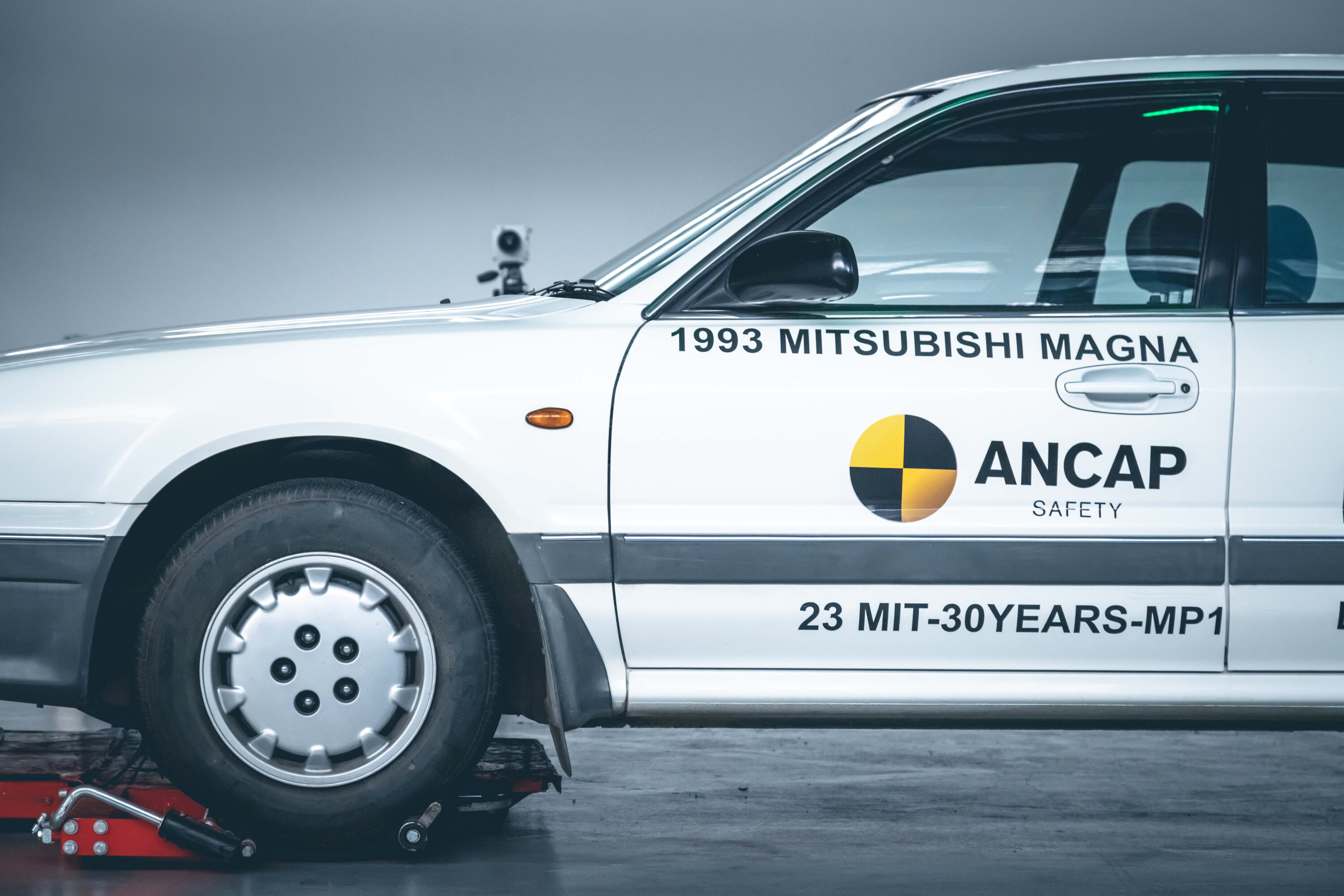Can there ever be such a thing as too many safety features? I’m beginning to wonder.
We rail against the weight, cost and complexity of modern cars, but is the desire for more safety equipment partly responsible?
The reason I ask is that over the past few years, I’ve driven quite a few cars where some of the safety gear appears largely counterproductive.
You probably know the sort of thing I’m talking about. Intrusive lane departure alert that’s distracting and which requires hunting through on-screen menus to disable. Lane-keep that bunts you into the pot-hole you were looking to skirt past.
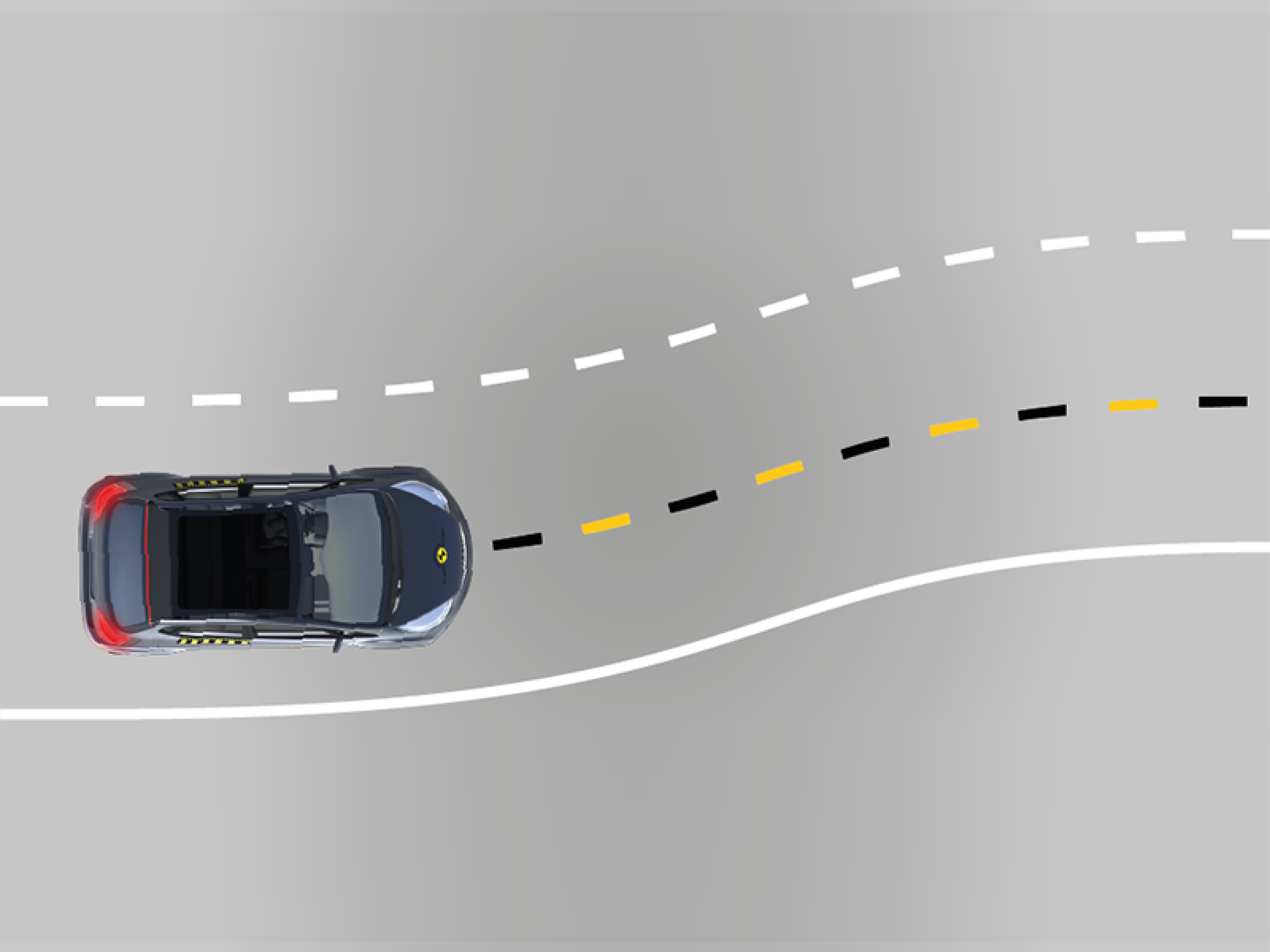
Gimcrack parking radars that beep so frantically as soon as you activate them that you immediately ignore the warnings.
Adaptive cruise control that accelerates wildly when you pull out to follow a passing car and then rams the anchors on sharply, catching following drivers off-guard.
Car manufacturers are often bound by legislation on these features. I find the lane-keep systems on Hyundai and Kia products maddeningly unsubtle, but European safety legislation actually dictates that such a system can’t be disabled with a simple button press. It needs to be a menu choice or a long hold to disable.
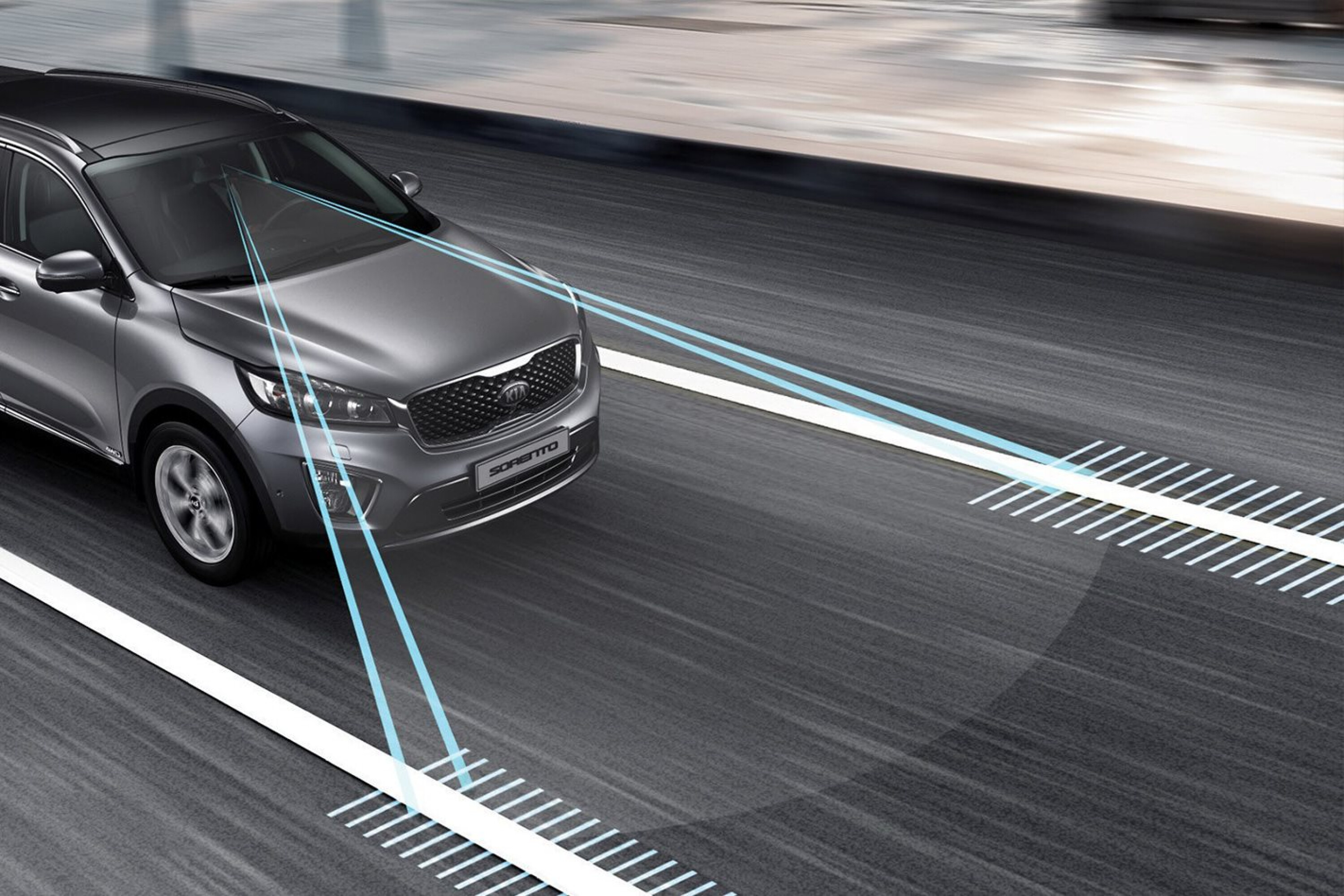
The electronic nagging will only increase next year, when the EU mandates that all vehicles have an eye-tracking system fitted that’ll alert you if it thinks your attention has wandered.
I was recently driving an old E30 BMW 3 Series and it had none of these features. Heck, it didn’t even have anti-lock brakes. If I’d have crashed it, it would have undoubtedly folded up like balsa compared to a modern 3 Series, but it made me a less passive, more keenly engaged driver.
The thin A-pillars meant that visibility out of the car was excellent. It felt light and agile, its chassis communicating exactly what it was doing, letting you know with perfect articulation when you were approaching its limits.
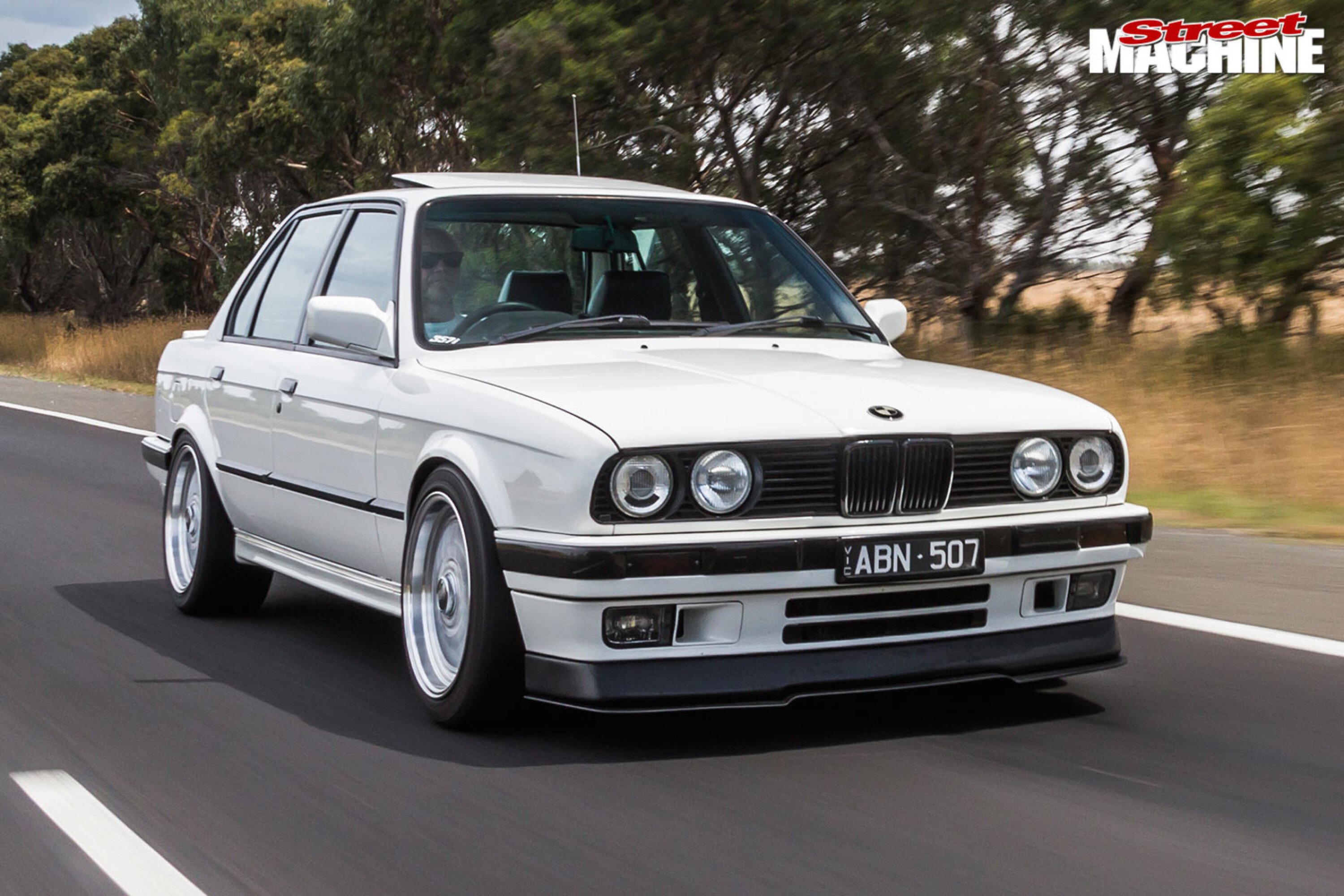
In short, I never felt minded to drive it, as if I was enveloped in some sort of impervious safety shield.
While it’s clear that my feelings are of little consequence if I’m T-boned by some tired and distracted school-run mum or dad in a Kluger, it got me wondering whether safety was becoming an alley from which legislators and manufacturers couldn’t return.
Are we going to recommend a car that doesn’t achieve a five-star Euro NCAP/ANCAP rating? The answer to that is, surprisingly, yes.
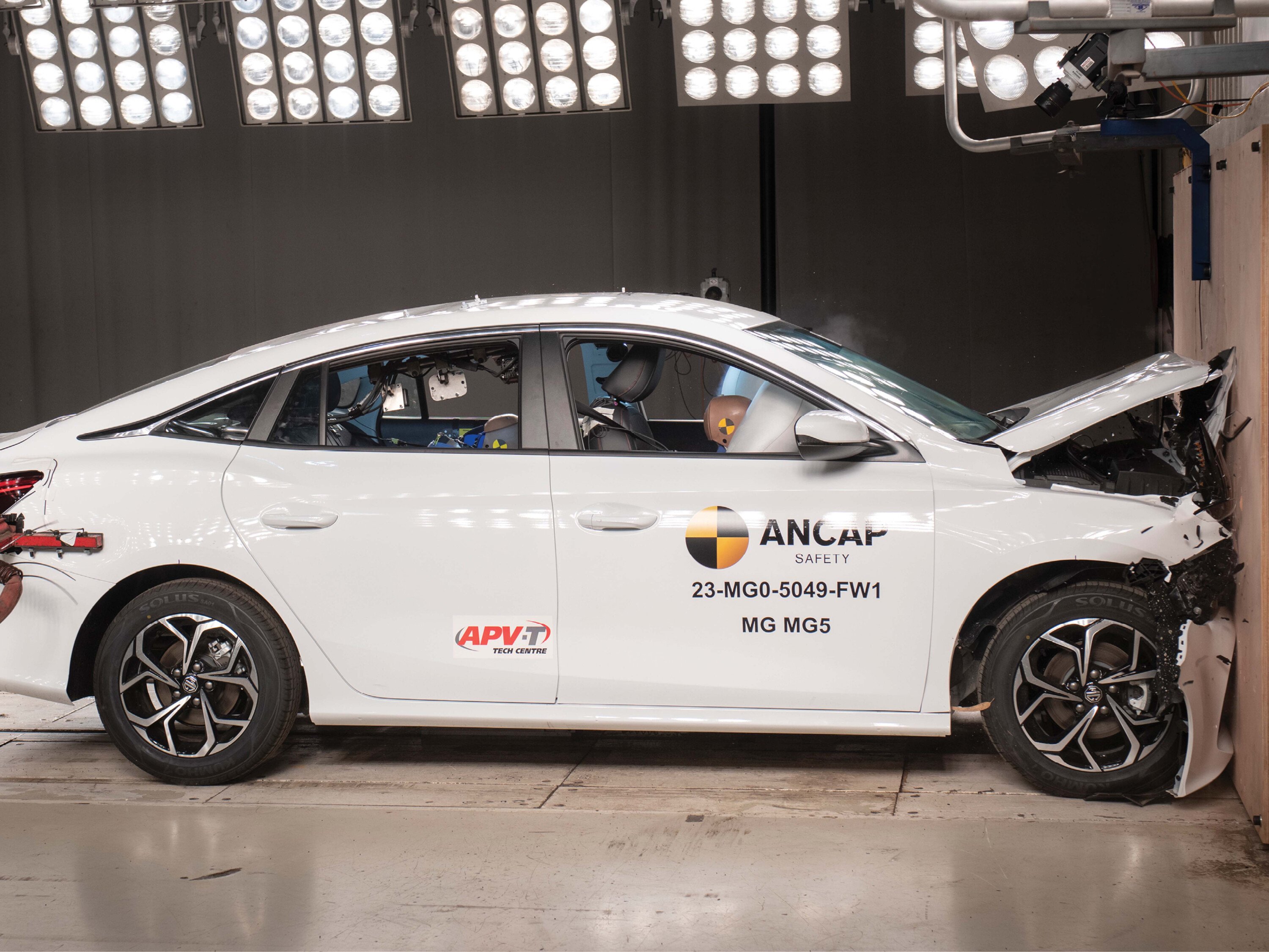
Porsche doesn’t submit its sports cars for safety testing, and I can’t think of too many 911 buyers who demur due to that fact. But a five-star fail? That’s different.
That subtlety’s not lost on MG. In August, it stated that it wasn’t pursuing a five-star ANCAP rating for its MG5 sedan, largely because its target customers would prefer lower prices – perhaps reasoning that a current three-star-rated car was likely safer than the old five-star car they were replacing.
MG’s Aussie CEO, Peter Ciao, said: “I know my business strategy has risk. But I am prepared, and I’m ready to accept the consequences… We can provide any model at five stars, but that means money.”
So would you be happy to pay less for a car if it wasn’t fitted with attention assist or traffic-sign recognition or rear cross-traffic alert and was denied a five-star safety rating? I suspect the response from a significant constituency of Wheels readers may be yes.
We recommend
-
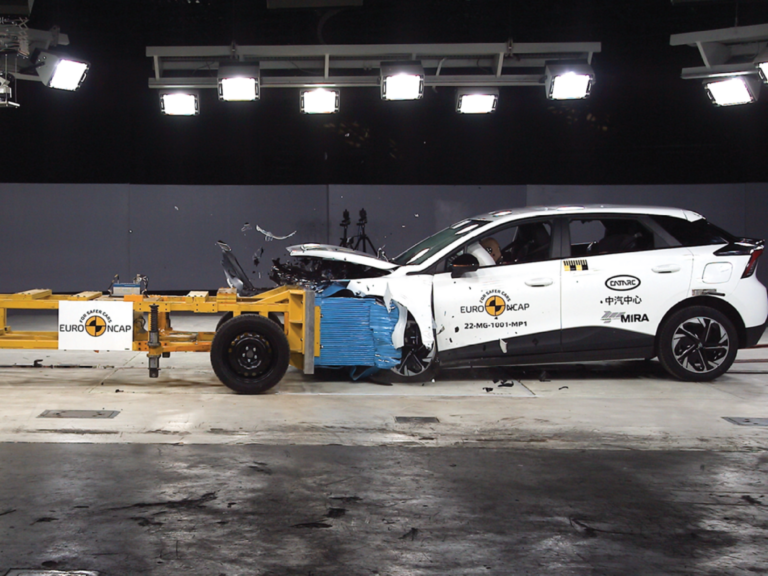 News
NewsMG Australia boss claims five-star ANCAP requirements are "so high it’s ridiculous"
MG Australia has defended the lack of a full safety suite in most-affordable vehicles
-
 Features
FeaturesANCAP: Do we even need it?
ANCAP’s star rating system has sparked controversy and confusion, yet the importance of the organisation’s role remains. We speak with ANCAP’s new CEO and its critics about methodology and retaining relevance
-
 Opinion
OpinionANCAP might be flawed, but it’s also vital
Mustang’s disastrous crash rating proves the worth of independent crash test authorities, even if they’re not perfect


